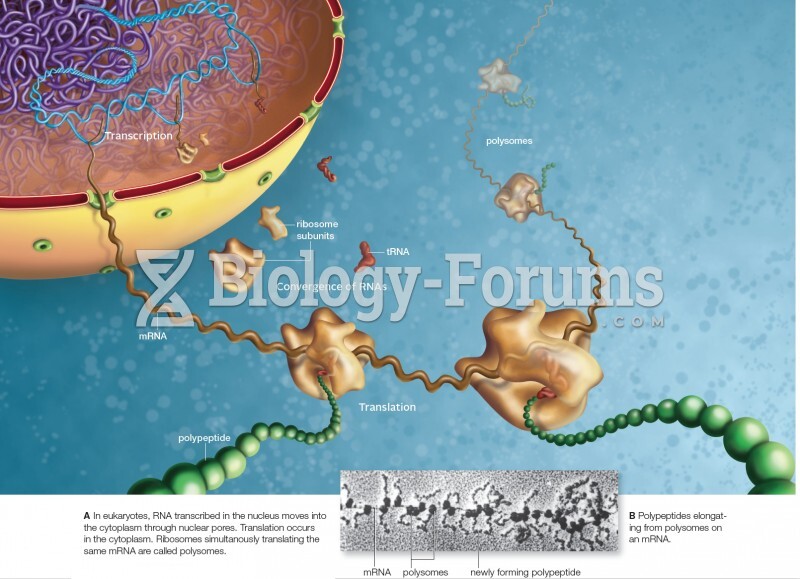Answer to Question 1
Fish-ins began in 1964 to protest interference by Washington State officials with Native Americans who were fishing, as they argued, in accordance with the 1854 Treaty of Medicine Creek, and were not subject to fine or imprisonment, even if they did violate White society's law. The fish-ins had protesters fishing en masse in restricted waterways. This protest was initially hampered by disunity and apathy, but several hundred Native Americans were convinced that civil disobedience was the only way to bring attention to their grievances with the government. Legal battles followed, and the U.S. Supreme Court confirmed the treaty rights in 1968 . Other tribes continued to fight in the courts, but the fish-ins brought increased public awareness of the deprivations of Native Americans.
In 1969, members of the San Francisco Indian Center seized Alcatraz Island in San Francisco Bay. The 13-acre island was an abandoned maximum-security federal prison, and the federal government was undecided about how to use it. The Native Americans claimed the excess property in exchange for 24 in glass beads and cloth, following the precedent set in the sale of Manhattan more than three centuries earlier. With no federal response and the loss of public interest in the demonstration, the protesters left the island more than a year later. The activists' desire to transform it into a Native American cultural center was ignored. Despite the outcome, the event gained international publicity for their cause.
The most dramatic confrontation between Native Americans and the government happened in what came to be called the Battle of Wounded Knee II. In January 1973, American Indian Movement (AIM) leader Russell Means led an unsuccessful drive to impeach Richard Wilson as tribal chairman of the Oglala Sioux tribe on the Pine Ridge Reservation. In the next month, Means, accompanied by some 300 supporters, started a 70-day occupation of Wounded Knee, South Dakota, site of the infamous cavalry assault in 1890 and now part of the Pine Ridge Reservation. The occupation received tremendous press coverage.
Answer to Question 2
Answer: D







